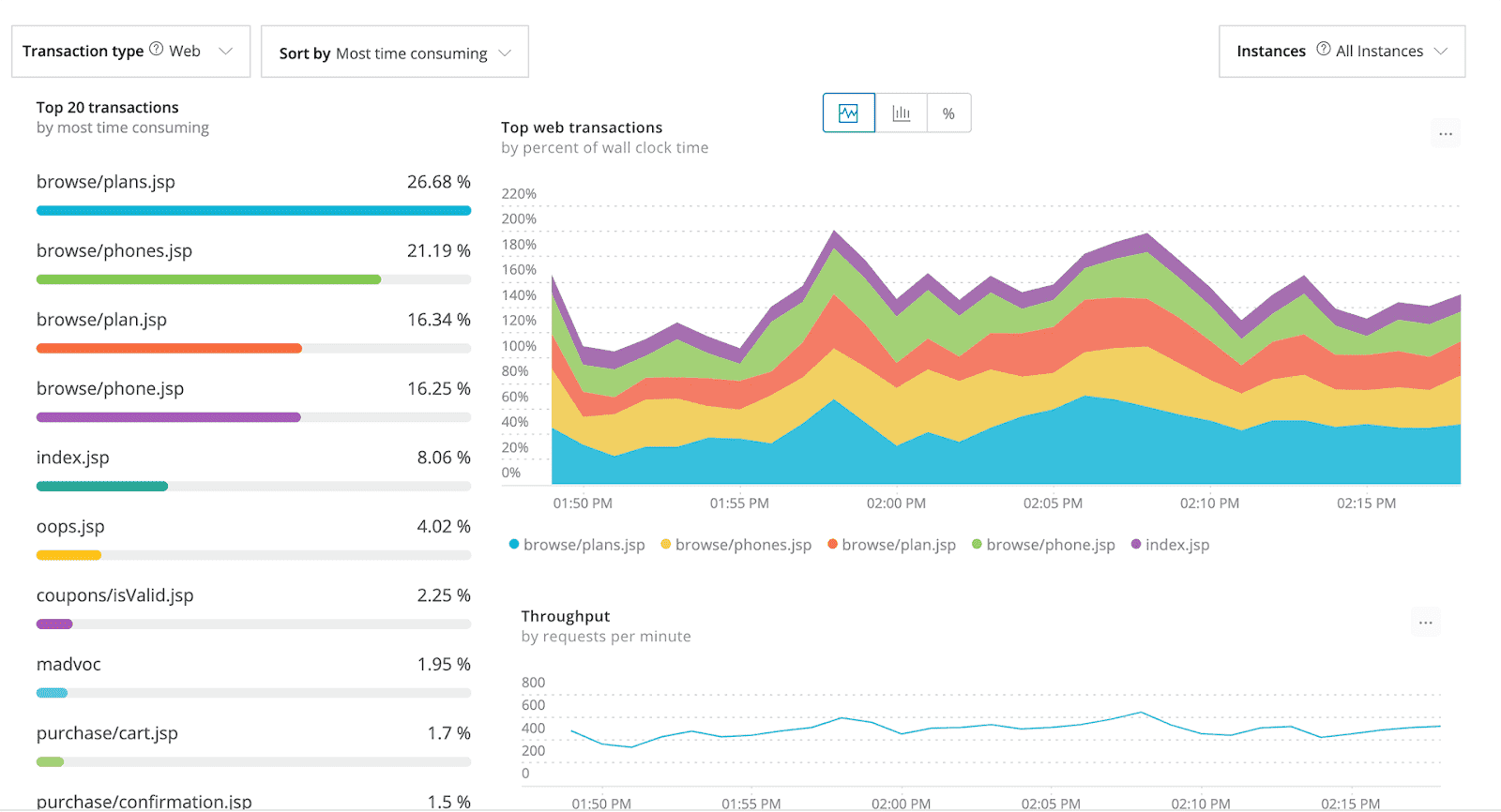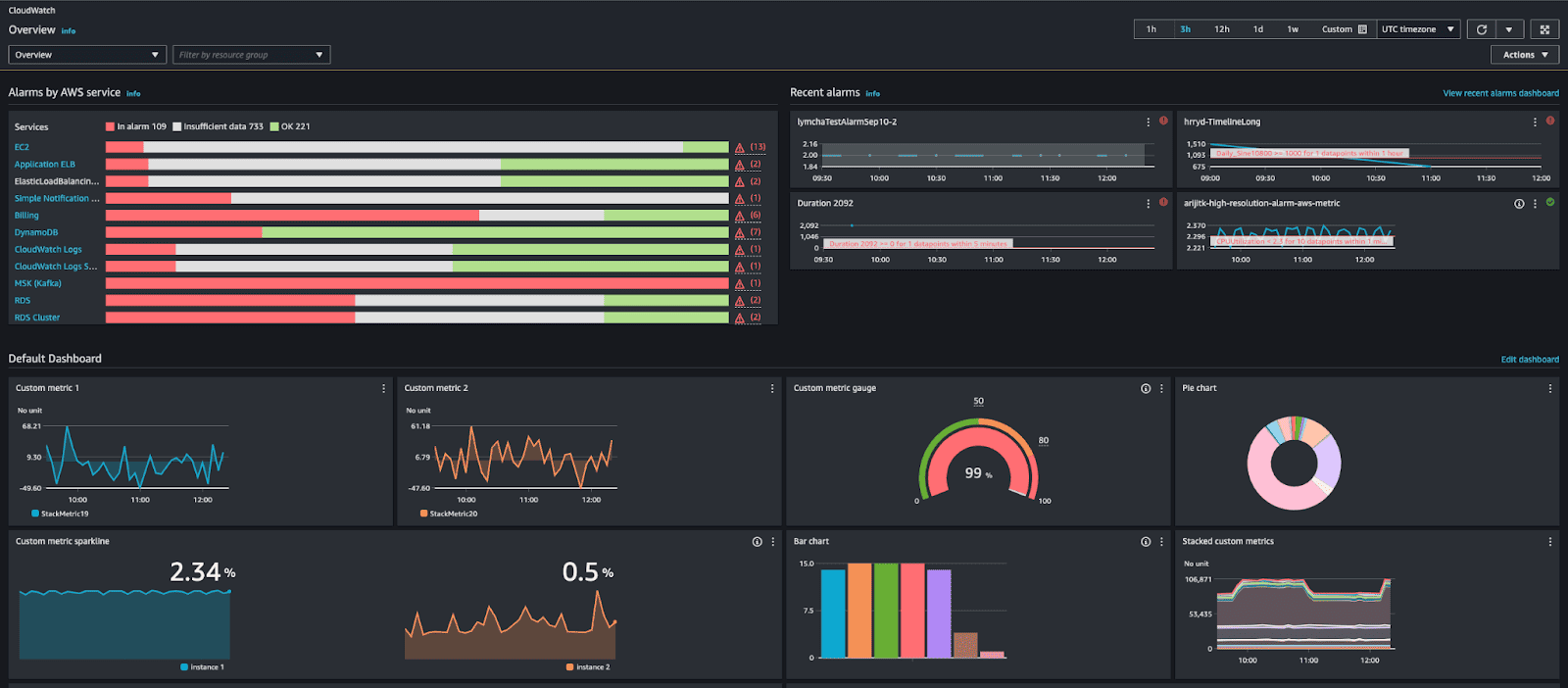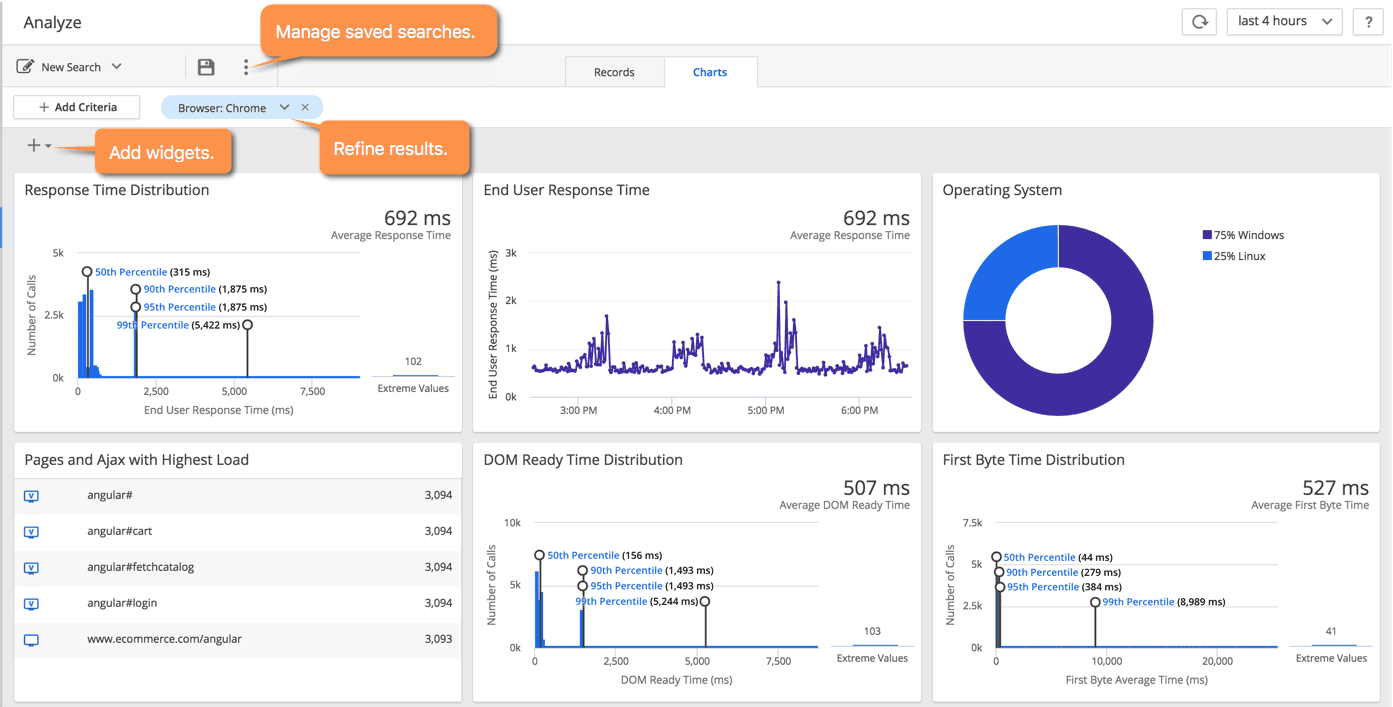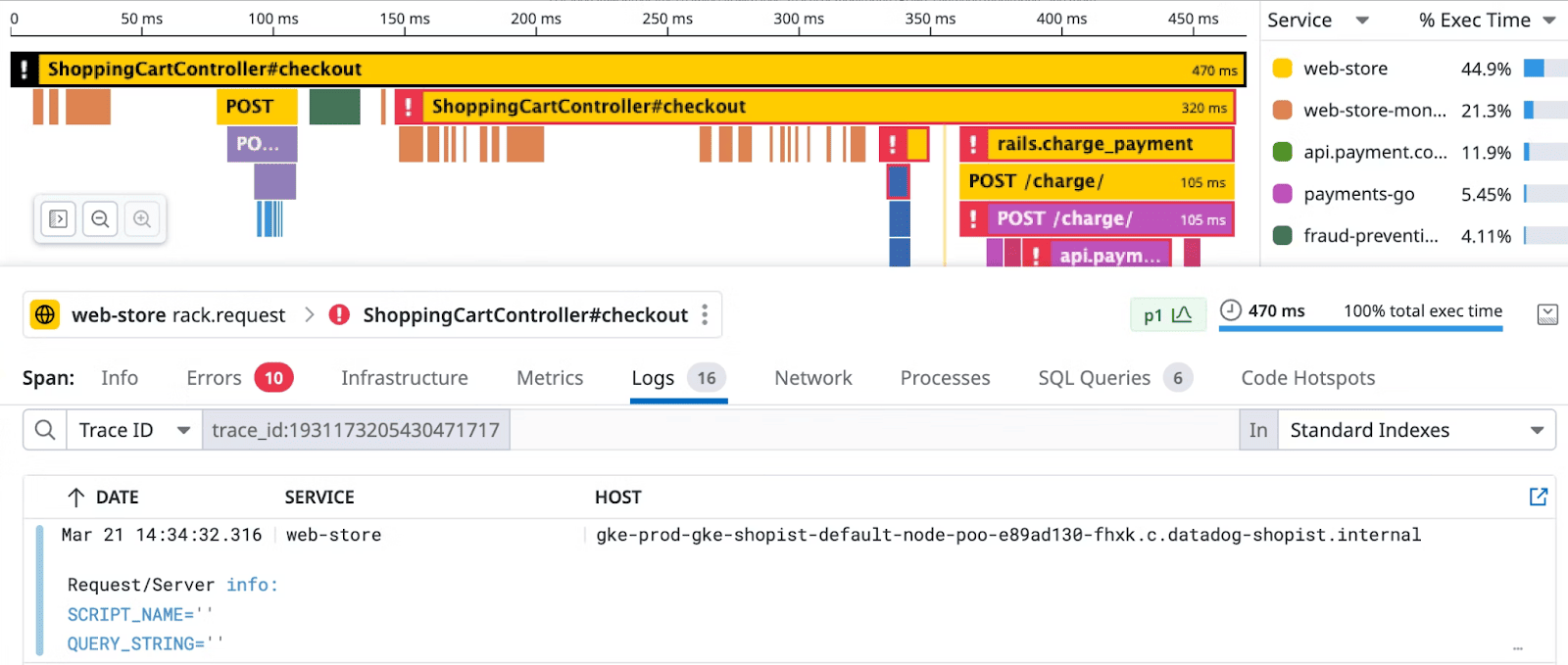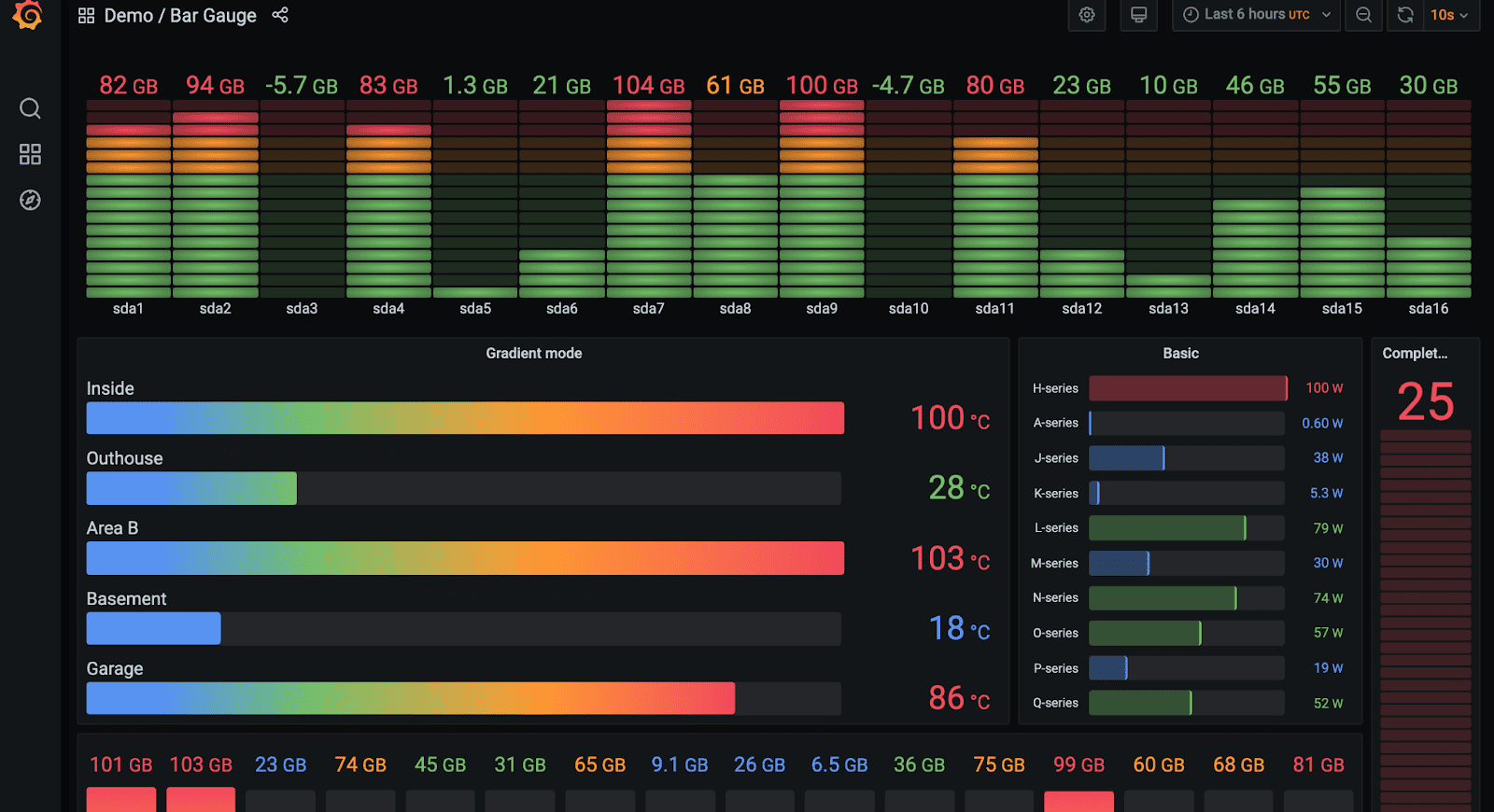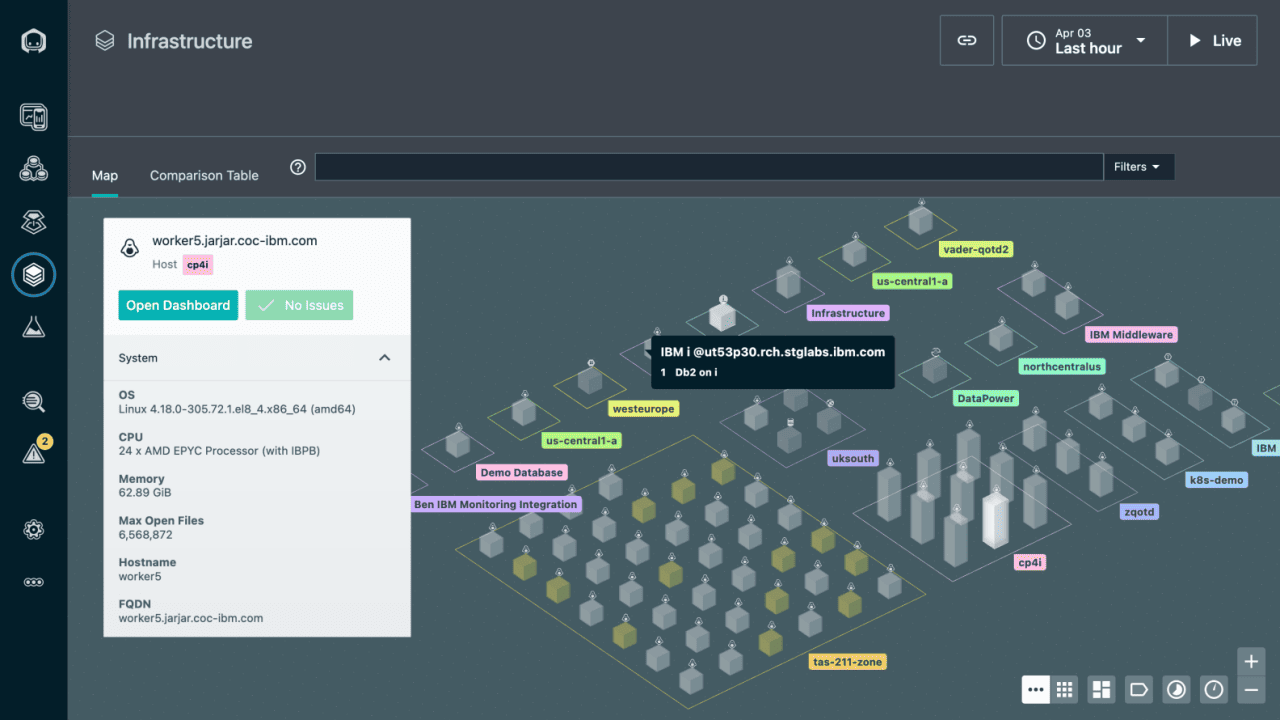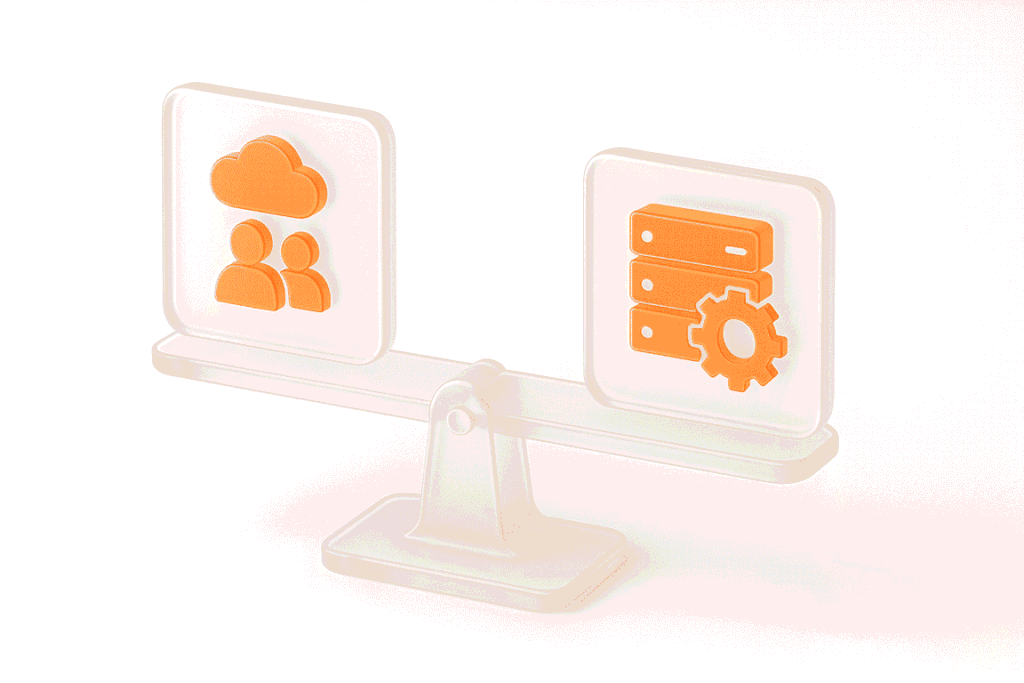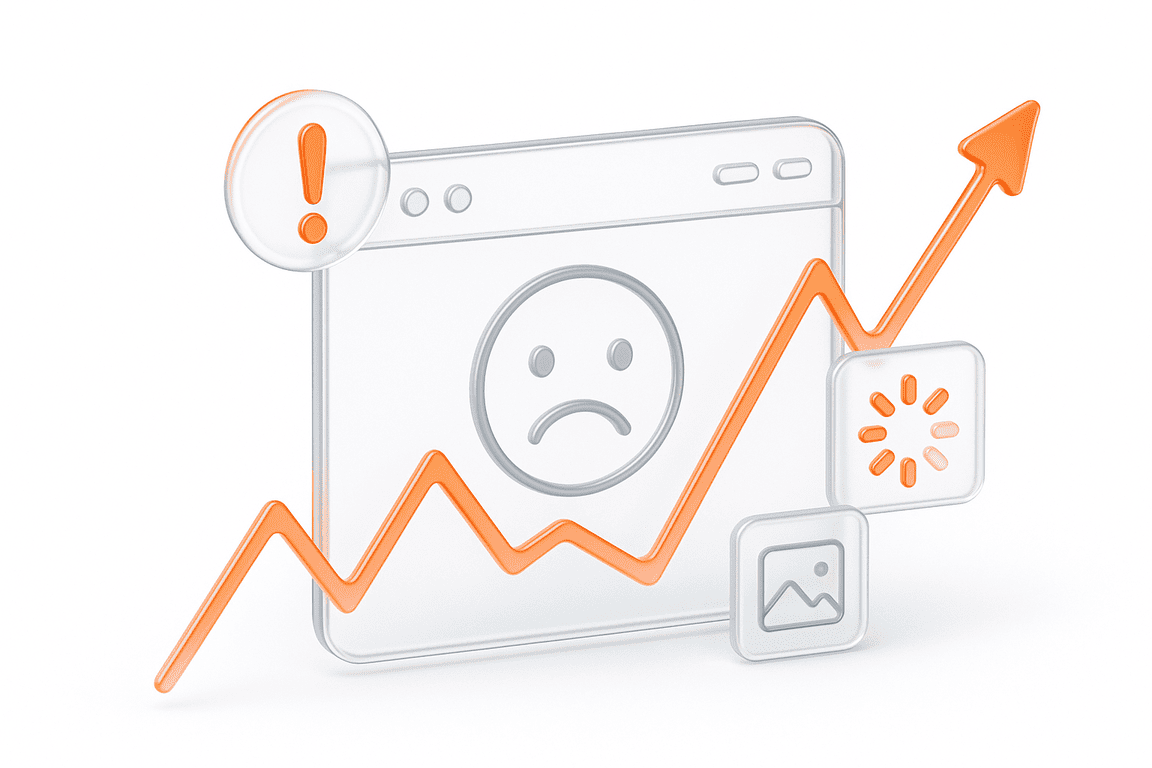Application performance monitoring (APM) tools have been created to control and handle the operation of different software solutions. They gather company-wide information, track important metrics — such as system response times, availability, and user interactions — and provide immediate insights into application inefficiencies. The business benefits of these instruments include quicker and more efficient operations, positive user experiences, zero downtime, a smarter usage of resources, and lower costs. Still, the question is: out of a pool of equivalents, which application performance monitoring tool should a particular company choose?
This article has you covered: we explore seven prominent APM tools, providing an exhaustive comparison of their features, advantages, and drawbacks, so you can confidently select an appropriate tool.
Key Takeaways
Top APM tools to Opt for in 2025
To help you handpick the best APM solution for your business ecosystem, we have shortlisted the following instruments:
New Relic
New Relic is one of the most renowned observability platforms out there in 2025. It ensures complete visibility not only into the technical logic and the presentation layer of your application but also into your entire IT infrastructure with servers, information systems, networks, and other components. What’s more, this tool supports languages like Java, .NET, Python, PHP, and Ruby and offers over 780 integrations with cloud providers, ML and GenAI models, security services, and more.
Key features:
Advantages:
Drawbacks:
CloudWatch
Popular application performance monitoring software in 2025 includes CloudWatch, an instrument introduced by AWS. A tool like this simplifies the process of collecting metrics, logs, events, and other data from on-premises setups, cloud environments, and applications built using various AWS services. CloudWatch offers end-to-end visibility into the current performance of applications, allowing business stakeholders to gain deeper insights into their operational health and system reliability.
Key features:
Advantages:
Drawbacks:
Dynatrace
The Dynatrace AI-powered observability platform has earned the status of the best APM tool according to Gartner, thanks to its monitoring capabilities across various applications and on-premises, cloud, and hybrid infrastructures. Whether you need to keep tabs on server or network performance, user interactions, security, containers, or microservices, this instrument will handle the task aptly. By supporting over 715 technologies, including cloud solutions, databases, and web services, Dynatrace ensures a rigorous and effective control over all your systems 24/7.
Key features:
Advantages:
Drawbacks:
AppDynamics
AppDynamics can’t be excluded from our concise and up-to-date APM tools list. This platform, offered by Splunk, provides full-stack observability into on-premises and hybrid application performance, connecting the obtained metrics to your specific business outcomes. With this tool, you can go much beyond tracking your current systems — you can see how emerging issues affect your users and customers, conversions, and revenue pipelines and timely take preventive measures.
Key features:
Advantages:
Drawbacks:
DataDog
The 2025 APM tools comparison would be incomplete without DataDog — a reliable monitoring and security platform for applications and IT infrastructure of any scale. This instrument doesn’t just track issues related to your system’s brains and looks — it’s applied throughout the development life cycle, from software engineering to testing and debugging. Complemented by custom performance testing services, DataDog can become your true ally for faster, error-free, and more appealing solutions.
Key features:
Advantages:
Drawbacks:
Grafana Cloud
Grafana Cloud is a SaaS, fully managed monitoring and observability solution ideal for cloud-native settings. Built on top of open-source Grafana Labs’ software, such as Mimir for metrics, Tempo for tracing, and Loki for collecting logs, this instrument eliminates the need to build, maintain, and scale your own infrastructure. It also connects to over 100 external data sources, including Elasticsearch, Prometheus, and Oracle Database, visualizing information from various systems into a single, unified dashboard.
Key features:
Advantages:
Drawbacks:
IBM Instana
Among tools for APM that are gaining traction in 2025, you’ll encounter IBM Instana. This platform resolves occurring incidents in your full-stack applications 80% faster and supports over 300 out-of-the-box technologies and integrations for this, including Google, AWS, Oracle, Cloud Foundry, and proprietary solutions. Once this tool has detected a problem, it immediately checks KPIs like latency and sends real-time notifications on their status. This ensures your systems run consistently without disruptions to your business operations.
Key features:
Advantages:
Drawbacks:
Best APM tools: Comparison Table
Next, we provide a comprehensive application performance monitoring tools comparison based on criteria, such as the complexity of interfaces, supported hosting models, user transaction tracking, data centralization, and customer support:
In synergy with load testing for web applications or other platforms, these seven APM tools help stakeholders better understand the behavior of their solutions under high loads, quickly identify and fix bottlenecks, and deliver seamless performance around the clock.
Final Thoughts
The list of the best application performance monitoring tools in 2025 can be endless and extend far beyond New Relic, CloudWatch, DataDog, Grafana Cloud, and other counterparts. One thing is certain: even the best APM software can be backed with custom performance and load testing services. A rigorously tested and debugged solution complemented by the APM instruments discussed in this article will perform consistently under varying conditions, no matter the traffic and the complexity of user journeys.


